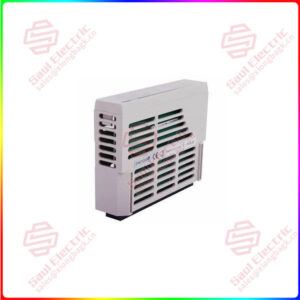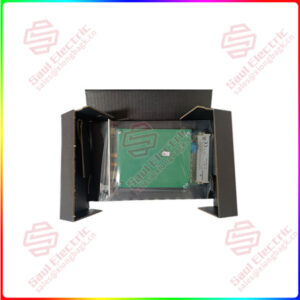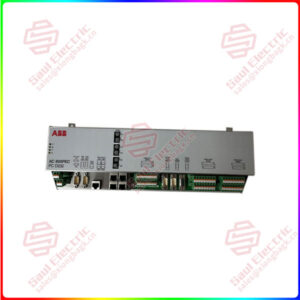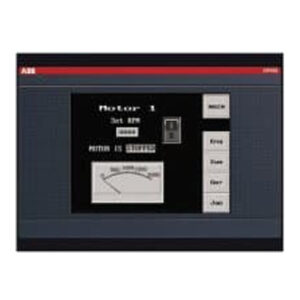Description
Overview
Essential details:70EA05A-E HESG447419R0001 Analog Input Module
lf you need to inquire or purchase ,please send the product models to my email or call medirectly .
sunny He
[Email] sales@saulcontrol.com
[Mobile] 86-18059884797
[WhatsApp] 86-18059884797
[Skype] sales@saulcontrol.com
70EA05A-E HESG447419R0001 Analog Input Module
There are many types of interface communication methods for analog input modules, common ones include the following:
RS-485 interface: This is a common industrial communication protocol, using differential signal transmission mode, with strong anti-interference ability, long transmission distance and other characteristics. Through RS-485 interface, analog input module can communicate with computer, PLC and other equipment.
Modbus interface: Modbus is a serial communication protocol, widely used in the field of industrial automation. Through Modbus interface, analog input module can communicate with devices that support Modbus protocol to realize data transmission and control.
Analog input/output interface: Some analog input modules have analog input/output interfaces that enable connection and communication with other analog devices. This interface usually uses a standard analog signal line, such as 4-20mA or 0-10V.
Digital input/output interface: Some analog input modules also have a digital input/output interface, which can realize connection and communication with other digital devices. The digital interface usually uses a standard digital signal line, such as 24VDC or NPN/PNP transistor output.
Network interface: Some advanced analog input modules also have network interfaces, such as Ethernet or WiFi, which can achieve remote communication and control. Through the network interface, the analog input module can communicate with the device that supports the corresponding network protocol to realize the transmission and control of data.
The above are common interface communication modes of analog input modules. You can select appropriate communication modes according to actual requirements in different application scenarios.


 1 Year Warranty
1 Year Warranty




